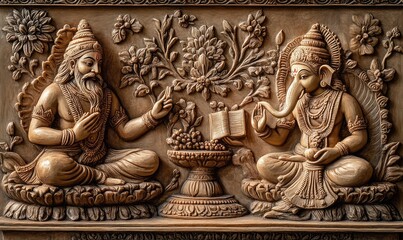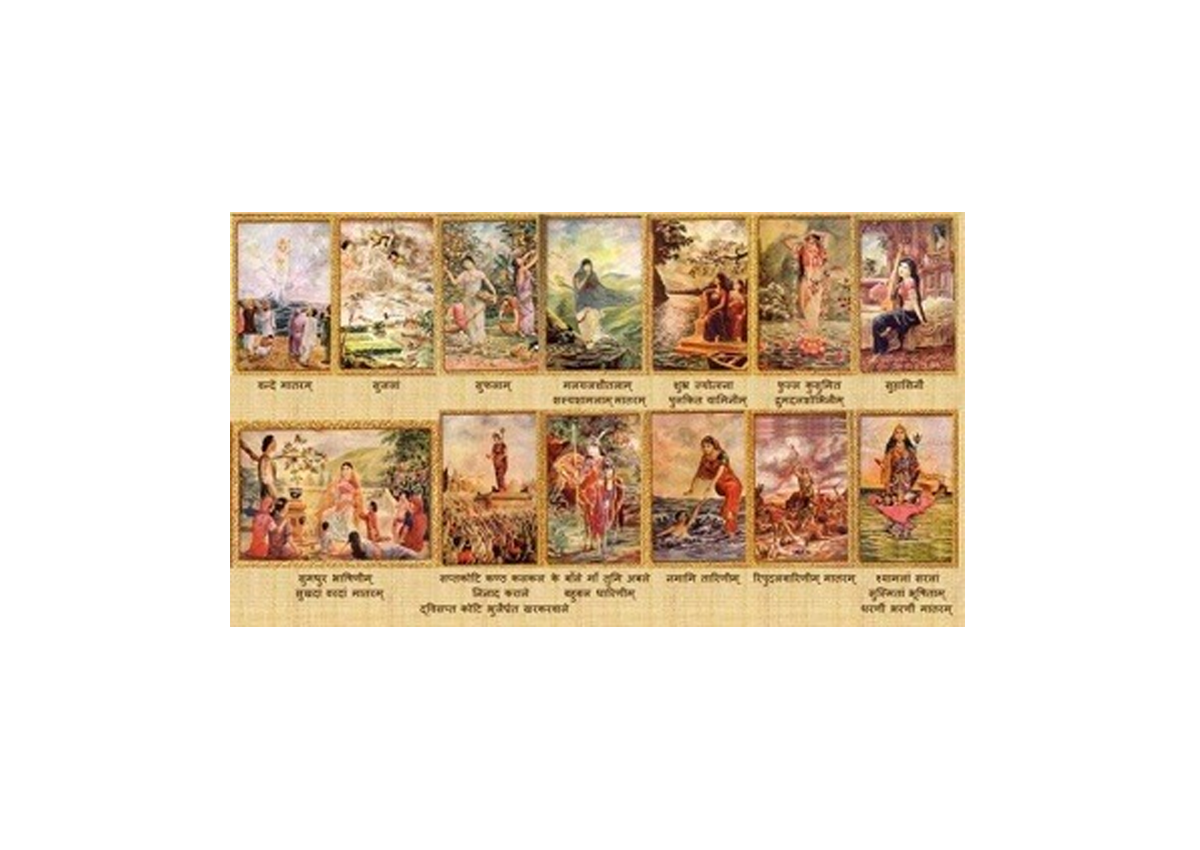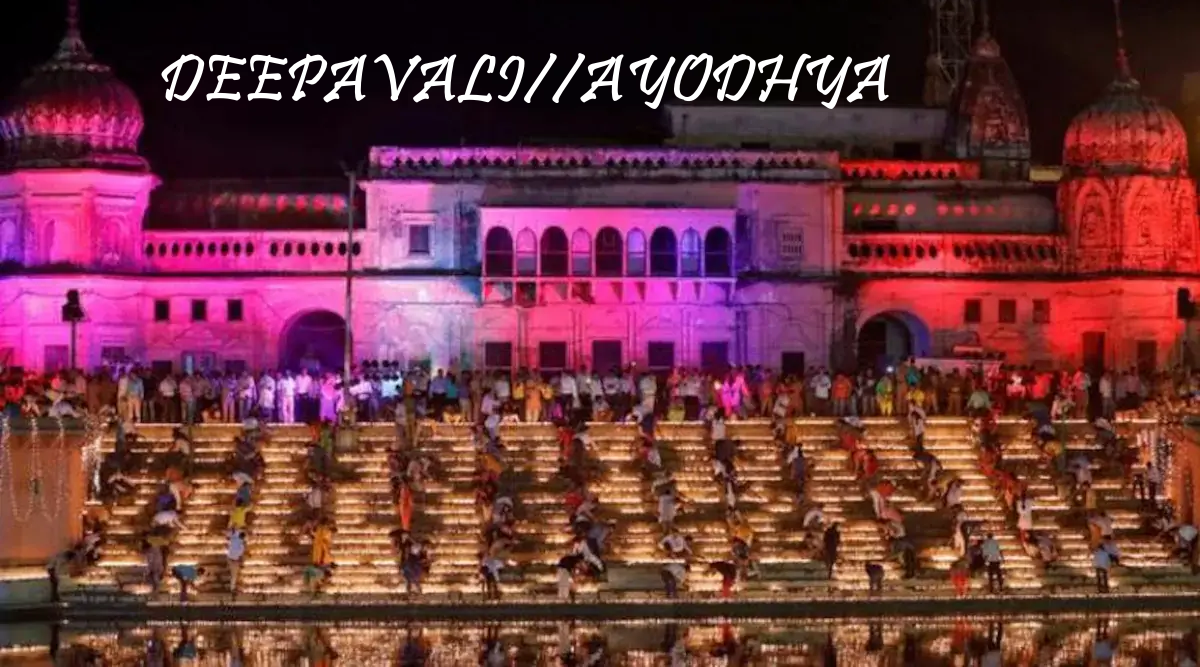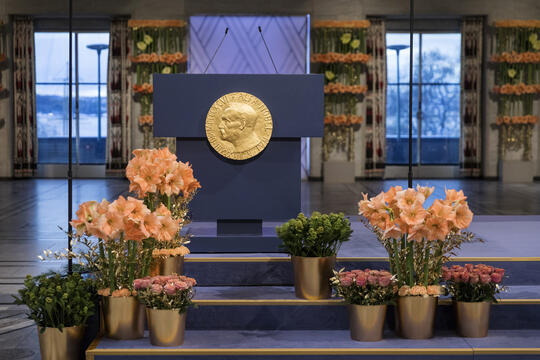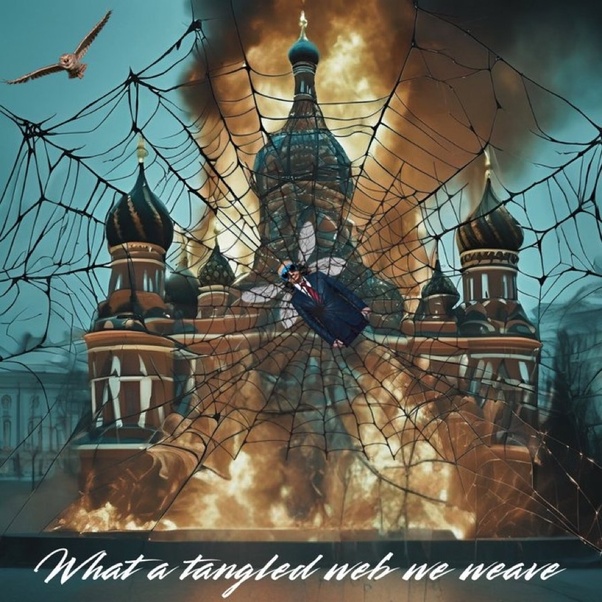GURU PURNIMA DAY AS TEACHERS’ DAY
Vyasa, Buddha, and Mahavira Honoured
SARASIJ MAJUMDER
गुरु ब्रह्मा गुरु विष्णु, गुरु देवो महेश्वरा,
गुरु साक्षात परब्रह्म, तस्मै श्री गुरुवे नम.
Guru Purnima’s history originates in India’s from spiritual tradition, honouring the Guru-Shishya bond. It is celebrated as the birth of Sage Vyasa, who compiled the Vedas, and as the day Lord Shiva began transmitting spiritual knowledge to the Saptarishis. In Buddhism, the day marks Lord Buddha’s first sermon after enlightenment, while in Jainism, it commemorates Lord Mahavira’s first disciple. The festival symbolizes the dispelling of ignorance (gu) with knowledge (ru), celebrating wisdom and gratitude towards teachers.
In my opinion, GURU-SHISHYA relation ship is not same as Teacher-Student relationship established by British System. Ancient Greece, and Italy had system somewhat similar to Ancient India.
‘Guru Dakshina’ and MONTHLY SALARY are not same.
Let us refer Sanatan Dharma ( Hinduism):
Birth of Vyasa: The festival is known as Vyas Purnima because it marks the birth of the revered sage Ved Vyasa, who authored the Mahabharata and organized the Vedas.
Adi Guru Shiva: It is also the day when Lord Shiva, considered as the Adi Guru (first teacher), first transmitted spiritual wisdom to the seven great sages (Sapta Rishis). This established the guru-shishya Parampara-(tradition).
In Buddhism, Buddha’s First Sermon: The day is celebrated as the anniversary of Lord Buddha delivering his first sermon at Sarnath, India.
After achieving enlightenment, Buddha’s sermon shared the teachings of the Four Noble Truths and the Eightfold Path, spreading knowledge and enlightenment to the world.
In Jainism, Mahavira’s First Disciple: Guru Purnima also marks the occasion when the 24th Tirthankara, Lord Mahavira, gained his first disciple, Gautam Swami.
The day reminds Jains of the importance of self-discipline and compassion, honouring Mahavira’s teachings of non-violence and truth.
Universal Significance: Dispelling Ignorance:
The word “Guru” itself means “dispeller of darkness” (gu) and “bestower of light” (ru).
Honouring Teachers: Guru Purnima serves as a day to show gratitude to all spiritual and academic teachers who guide students toward enlightenment, providing knowledge, values, and wisdom.
Guru Purnima serves as a day to show gratitude to all spiritual and academic teachers who guide students toward enlightenment, providing knowledge, values, and wisdom.
Guru Purnima falls on the full moon day of the Hindu month of Ashadha (which is typically either in June or in July). It is also known as Vyasa Purnima, honouring the birth of the sage Vyasa.
Genesis of Teacher’s day in India after 1947, and Dr. Radhakrishnan:
The National Awards to Teachers of India were first instituted in 1958 to recognize excellence and commitment of teachers in shaping the minds as well as future of the youth. Dr Radhakrishnan migrated to Politics, first became ambassador of USSR, and later elected as President of India. Later, he expressed a desire to celebrate his birthday be observed as Teachers’ Day. The then GOI consented.
From mid-60s, 5th September came to be the fixed date for the celebration of birthday of Dr. Sarvepalli Radhakrishnan, former President of India, as well as teachers’ day. The award was to accord public recognition to meritorious teachers working in elementary and secondary schools.
The Jadunath Sinha Allegation:

Jadunath Sinha: Jadunath Sinha was a well-respected philosopher, writer, and religious seeker, and the author of over forty books and numerous articles. The scholarship involved in his writings (ranging from psychology, ethics, logic, and other areas of philosophy to yoga, Shakta Sadhana, Vaishnavism, and Vedanta) is quite impressive.
Jadunath Sinha bagged Philip Samuel Smith Prize & Clint Memorial Prize after passing B.A. (Honours in Philosophy) (1915), Griffith Prize (1923), Mouat Medal of the CU (1925) after passing M.A.
It may be noted he, Dr. Radhakrishnan, was tainted by plagiarism, while acting in Calcutta University, fought a case in court, and it was ultimately settled outside the court.
The accusation: In 1929, Sinha accused Radhakrishnan of plagiarizing a part of his unpublished 1922 thesis, titled Indian Psychology of Perception, for the second volume of Radhakrishnan’s book Indian Philosophy, published in 1927.
- The context of the dispute: Sinha published his allegations in the Calcutta monthly The Modern Review, edited by Ramananda Chatterjee. At the time, Radhakrishnan was a professor at Calcutta University.
- Radhakrishnan’s defence: Radhakrishnan countered the claims by arguing that he had been teaching and translating the Sanskrit texts in question for years, well before Sinha submitted his thesis. He also pointed out that when translating these texts, it was natural that some phrases might be similar.
- The lawsuit and settlement: The dispute escalated into a defamation lawsuit filed by Radhakrishnan against Sinha and Chatterjee, and Sinha filing a counter-claim of copyright infringement. The case was eventually settled out of court in April 1933, and both claims were withdrawn. The terms of the settlement were not made public.
Ambiguity and historical interpretation
- Lack of resolution: Because the case was settled outside of court, there is no definitive, publicly known resolution as to the merit of the plagiarism claims. Historians and commentators offer varying perspectives on the incident.
- Differing interpretations: Clouts of Dr. Radhakrishnan highlight the political and academic rivalries that surrounded the controversy, while Opposition focus on the specifics of the alleged textual similarities.
- “Unconscious borrowing”: S. Gopal, in his biography of Radhakrishnan, suggests that Radhakrishnan was particularly susceptible to unconscious borrowing due to his “omnivorous reading” and “power of total recall”.
- ” I consider this as lame excuse, and acceptance of allegation.”
BROADER CRITICISMS OF RADHAKRISHNAN’S WORK:
Beyond the specific plagiarism controversy, some more academic critiques of Radhakrishnan’s work exist:
- Interpretation of Advaita Vedanta: Some scholars argue that Radhakrishnan’s re-interpretation of Advaita Vedanta was an attempt to make it more palatable to a Western audience, sometimes downplaying elements of “world denial”.
- Independent contributions: Some critics suggest that Radhakrishnan primarily re-synthesized and interpreted existing Indian philosophies with western philosophy, rather than creating any completely new and independent system of thoughts, or interpretations.
My Recommendation: –
In view of all above, we must do away with celebration of 5th September as teachers’ day. We are blessed with a much, much superior alternative. Guru Purnima Day shall acquire that status of Teachers’ day. The 5th September will be like any other day. This will be a historic correction.
I will send a copy of this BLOG to PMO’s Office.
SOURCES:– Many. I share two below:
1.0 https://www.instagram.com/p/DONcloyj9z9/?img_index=1
3.0 https://buzzchronicles.com/b/all/17801/#google_vignette
Request: If anyone contest my BLOG, based on information found in WIRE, ABP, PRINT, WIKI… I will not answer. Any logical query on the posted BLOG will be gladly acknowledged, and answered.
Disclaimer: — Not published to dis-credit any person. And all information are available in public domain, and books.
Acknowledgement: — I admit that the idea came from my past colleague from EIL– “SACHDEVA” in a one liner.

